|
Everyone needs to eat – but the experience of eating at a restaurant or enjoying restaurant food is something that will keep consumers coming back to your business, particularly if they have had to cook for themselves for several weeks on end. Recent Toast research found that 78 percent of Millennials would rather spend money on an experience such a restaurant or activity than on an item at a store. Whether guests are dining at your restaurant right now or opting for delivery, you can fine-tune the experience you offer. First, focus on making your brand come through effectively via delivery. Ensure your menu of delivery items travels well and represents the best of what you can offer off-premise – and take care to update it online, particularly if you have introduced new items recently. When you send out an order, help customers connect with your business – Deliverect suggests small acts like a handwritten note or a smiley face on a receipt can go a long way, or you can enclose a small photo of your team to introduce customers to the people who are working hard for them behind the scenes right now. Provide vouchers or other promotions to increase future deliveries and in-house orders. Think about how you can get people back to your restaurant once people are ready to dine out again: Stay in touch with other business owners in your community to plan potential events together, and keep your conversations with guests going on social media (share some photos too) so you’re front of mind for them when they are ready to dine out.
To be sure, there are plenty of gloomy news headlines about the restaurant industry right now – and more than ever, restaurants need the support of their communities to recover. But at a time when it is easy to feel overwhelmed by the multitude of challenges standing in the way of rebuilding business, take heart in the examples of operators who are somehow doing better than ever right now. They are succeeding, seemingly, through a combination of letting go of ego, ignoring the desire to keep items on the menu out of sentiment, being willing to flex to new business conditions each day, and focusing on what people need right now – even if it doesn’t necessarily mesh with the polished brand the restaurant had in its beginnings. Take Alinea veteran Eric Rivera of the Seattle restaurant Addo. A report from Wired details, Rivera has been offering an ever-changing menu of items ranging from $9 food bowls, to meal-and-wine packs, to eat-at-home versions of his 20-course tasting menu during the pandemic. He has even thrown in some Game of Thrones- and Seattle Mariners-themed dinners to mix things up. The constant changes give him some new fodder for social media promotion on an ongoing basis, and people are linked from Addo’s social media posts to its Tock sales platform, which allows customers to order meals in advance (and Rivera to better manage inventory and waste). Addo’s dining room now looks more like a warehouse and the employees who once served a roomful of guests are now staffing in-house delivery for the restaurant.
“No one really had this in their playbook.” That’s what one conference planner said in a recent New York Times report about how the pandemic has forced changes to conferences and business meetings – and the hospitality surrounding them. Restaurant operators who hosted events before the pandemic have faced an equally steep learning curve. Now, as guests begin returning to dining rooms and we all look forward to being able to safely gather in larger groups for parties, weddings and less formal celebrations that have been put off in recent months, how can you plan accordingly? If you’re feeling ready to take bookings for events later this year and into 2021, your event management protocol will naturally need an update – and it’s something you can promote to your guests now to encourage their business and demonstrate your commitment to keeping them safe when they gather. As you think about replacing buffets and self-service stations, how can your menu, service model and staffing plan flex to accommodate it? Can you cover or wrap food items, plates and utensils to minimize cross-contamination? Serve individual plates to guests either at the table or in a buffet line? Transition to fixed menus that minimize waste and are easier to prepare and serve? Adapt your indoor and outdoor spaces to ease traffic flow and allow for better ventilation? Your service agreements – both with guests and any vendors you use – may need an update as well to help protect safety and ensure you are protected legally in case lockdown measures force cancellations down the line.
In recent months, your business may have offered more bulk meals or meal kits to customers looking to enjoy restaurant-quality food during the lockdown. Are these options worth carrying over as people begin to return to dining at restaurants and gathering with more people? Simon-Kucher & Partners, a global strategy and marketing consulting firm that works with a range of major restaurant brands, addressed this question in a recent study they conducted about consumer behavior after COVID-19. The findings, as reported by QSR Magazine, indicate that the answer is a probable yes. Prior to the pandemic, it found that 33 percent of consumers favored home-cooked meals, while 67 preferred food prepared away from home. Contrast that with preferences during the pandemic (55 percent vs. 45 percent) and preferences projected between six and 12 months post-lockdown (37 percent to 63 percent). In many areas, it will likely take a number of months before consumer routines return to what they were like prior to the pandemic. Providing some core menu items that can be offered as family-style meals, or packaging up ingredients that can be combined and cooked at home, can offer some additional freedom to guests – and perhaps tip the scales in your favor when consumers are considering where to order their next meal.
The pandemic has made the need (and demand) for efficient restaurant food delivery even clearer. If you operated a dining room before but don’t see it being a practical business move going forward due to physical distancing and capacity requirements, you may be considering going the virtual route, with a focus on driving off-premise sales. This doesn’t necessarily require moving to a new location. Depending on your leasing status and the flexibility of your landlord, you may be able to transform your current business and space into a ghost kitchen. If you need help to convert your existing business into a digital business call Team Four Foodservice.
The reopening of restaurant dining rooms across the United States has been a study of extremes, whether in terms of guests’ responses to restaurant reopenings, operators’ willingness to enforce new health and safety guidelines, or even the guidelines themselves. As we enter the summer months and jurisdictions look to accommodate outdoor dining in previously unseen ways, we’re likely to see an even broader range of approaches to kick-starting restaurant sales. While your state and local authorities detail the precautions your business must take to protect against the spread of COVID-19, there is also room for some imagination within the rules you must follow. Hearing from operators who have deftly maneuvered through their own reopenings may help you sidestep some challenges (or even just plain awkwardness, like how to go about confirming the accuracy of orders when everyone in your establishment must wear a face mask, or determining how guests can best store their masks while they eat). A new website launched by Team Four Foodservice, www.foodserviceceo.com, can serve as a guide to the many guidelines restaurants are following right now. The site includes information from health and safety authorities but also recommendations from industry consultants. It may offer you some ideas that make sense to implement in your business. In any case, leaning on your network of restaurant operators as you reopen can help you tackle existing challenges and anticipate potential ones.
Does your menu look different right now? Scrutinizing it will help you make sure you’re not only staying on trend but are also providing value, minimizing waste, spending money wisely, considering the production capacity of your staff, and offering foods that are best suited to where customers are most likely consuming them – whether that’s in your dining room or off-premise. New research from MicKinsey entitled “How Restaurants Can Thrive in the Next Normal” advises operators to start out by offering their usual menu, emphasizing core dishes and comfort foods. Then attract customers to your value items and upsell from there. It will likely be necessary to reprice some items to compensate for current market fluctuations. A separate report from Johnson & Wales advises operators to identify ways to reduce the work needed to prepare menu items, particularly if they’re working with a scaled-down team. Consider keeping a mix of proteins, pasta and vegetarian items on hand, then rotating in a new category on a two-week rotation to keep things interesting. Even if you have a loyal following looking to come in and dine with you, your current seating capacity guidelines limit how many in-house meals you’re able to serve. When in doubt, err on the side of bolstering your takeout menu and offering items that travel and reheat well.
|
Subscribe to our newsletterArchives
April 2024
Categories
All
|
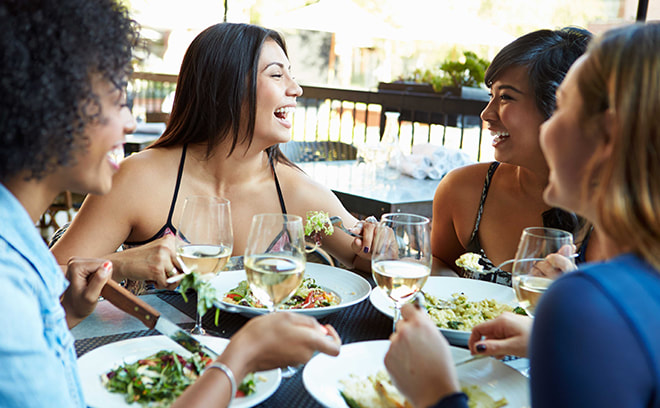

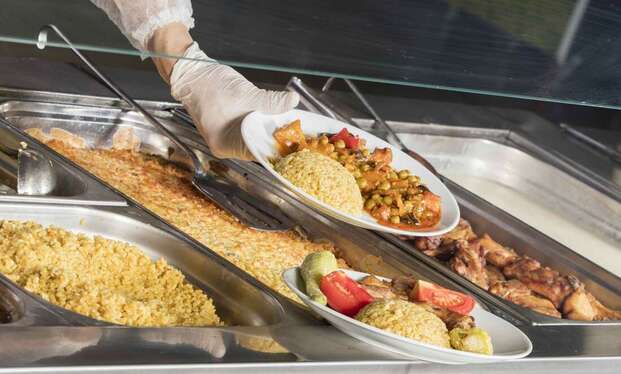
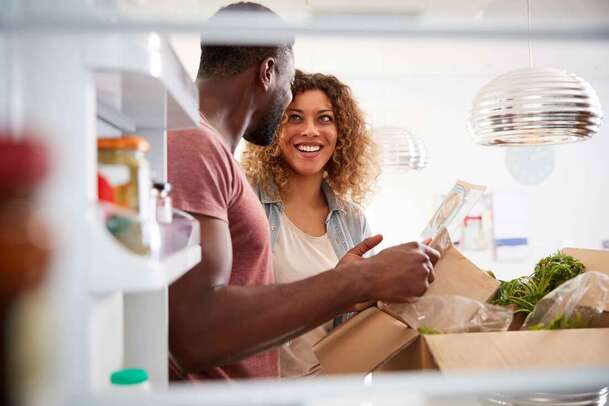
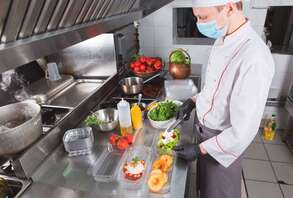
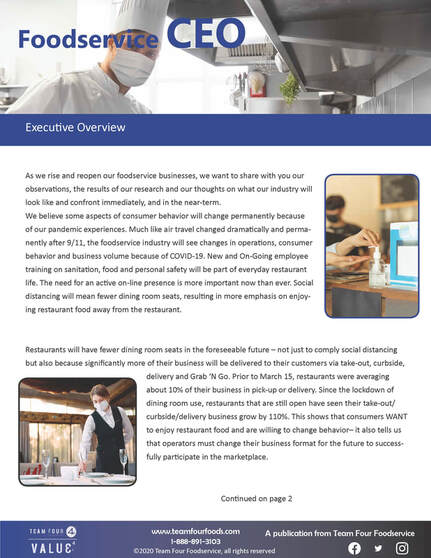


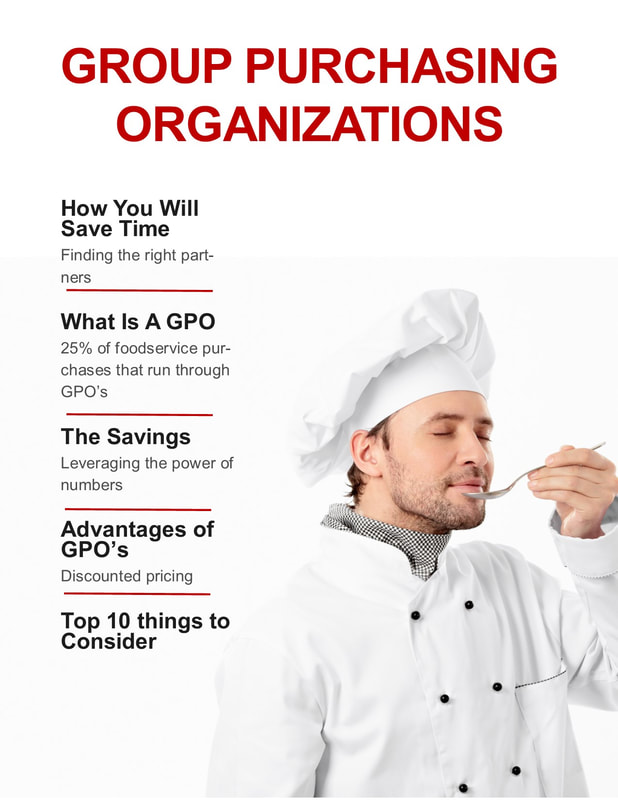

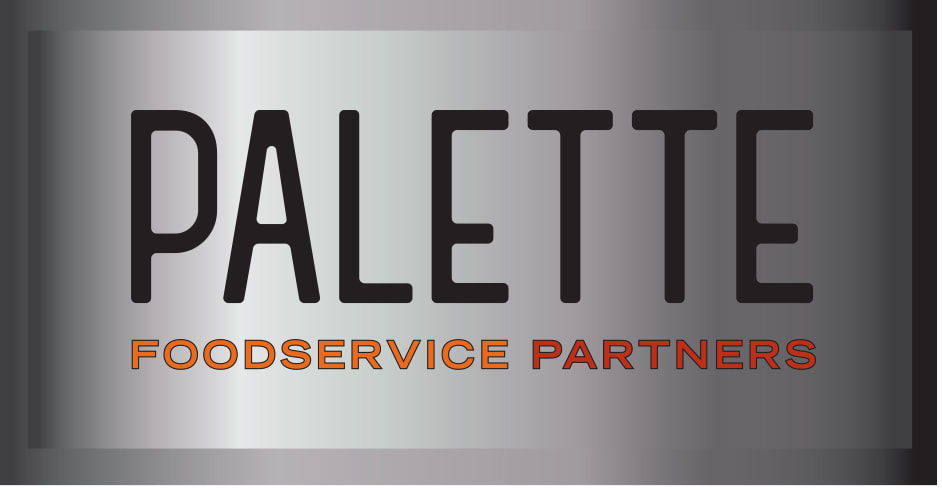
 RSS Feed
RSS Feed